Pediatric Cardiac Patients with Pulmonary Hemorrhage Supported on ECMO: An ELSO Registry Study
This study examines pediatric cardiac patients with pulmonary hemorrhage (PH) supported on extracorporeal membrane oxygenation (ECMO) using data from the ELSO registry (2011–2020). Analyzing 161 cases, the study identifies high-frequency oscillatory ventilation (HFOV) before ECMO cannulation as a key predictor of survival. The absence of hemorrhagic and renal complications also improved outcomes. Findings suggest that optimized pre-ECMO ventilation strategies may enhance survival rates in these high-risk patients.










